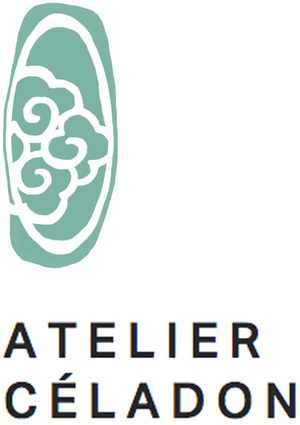SUBMISSIONS | PROGRAMMING | EXHIBITION | PUBLICATION | ABOUT | TEAM | MEDIA | fr
Re-interpreting Blackness:
A Discussion on Black Art and Activism
PANEL
Sun. Oct 4
12h—13h30
Z Art Space
In the words of Nina Simone, “an artist’s job is to hold up a mirror to society.” As protests have spread throughout North America over the past two years, a recurring question has revolved around the role of artists – black artists in particular- in moments of revolution. Re-interpreting Blackness explores the role of art within society, critically unpacking how the intersections of race, gender and class colour the relationship between art and activism. The moderated discussion will explore how the work of racialized artists relates to issues of identity-formation and the nature of the diasporic self, and how their creative process is linked to the political and social contexts in which they take place. Re-interpreting Blackness tracks the history of “black aesthetics” throughout the diaspora, questioning the notion of “black art” as a definable category, and the benefits and pitfalls of the politicization of art.
This panel is organized in collaboration with Coloured Conversations, a multimedia project combining visual arts practice with critical social theory. “Mountain Melanin”, its sub-project, is a collaborative platform that seeks to create a network for young Black artists based in Montreal.
teeanna munro, aka sweet tee, aka Ernestine Taylor, aka Miss Polyphony Phillips, aka homegurl, aka potbelly stove griot, and nostalgic mama, enjoys the art of storytelling through both the spoken and written word. Her work has been published in The Great Black North: Contemporary African Canadian Poetry, and Geist Magazine and her performances include VanSlam Poetry, The Congress of Black Writers and Artists, PanAfrican Slam, Hogan Alley’s Memorial Poetry Festival, and the Canadian Spoken Word Festival.
Caesey “Stylo” Shakes is a Montreal based fiction (script) writer. As an introvert, her journey to becoming filmmaker has proven a bit difficult because most of her social interactions occur in her imagination rather than actual reality. Regardless, she still desires to share her visions of the world, a place where she repositions blackness from the margins to the centre; a far more complex and multifarious place than the meagre and stereotyped depictions she grew to tolerate by mainstream media. She wishes to challenge the status quo of “black identity,” explore the deep recesses and carcasses of Caribbean-Canadian femininity, all while oscillating between the spheres of critical theory, storytelling and the 7th art. Graduating from Ottawa University in the summer of 2014, Stylo was fortunate enough to be selected as a filmmaker. She produced and screened her first short-documentary film Indie for the Youth and Diversity program at the 10th Annual Montreal Black Film Festival the following fall of 2014.
Henri Pardo is a Quebecois actor of Haitian descent and a director passionate about storytelling. An alumni of the Conservatory of Dramatic Arts of Montreal, Pardo has acted in theater, francophone television, as well as Quebecois and American cinema. As a director and graduate of the National Institute of Image and Sound, he has also worked in advertising, corporate video, fiction, and is currently developing Web, television, and feature-length projects. Pardo was the artistic director of the Youth and Diversity program at the 10th Annual Montreal Black Film Festival.
Kosisochukwu Nnebe (b. 1993), better known as Kosi, is a Montreal-based visual artist. Born in Nigeria, she moved to Canada at the age of 5 and grew up in Gatineau, QC where her multicultural upbringing manifested itself in part in the adoption of franglais and a long-lasting love for Nollywood movies. Her work questions certain notions of blackness and femininity –the gaze of both the oppressor and the oppressed, the struggle for black female subjectivity, etc - and aims to move beyond the dualism of good/bad representations. Her art has been shown at Station 16, the Montreal Museum of Fine Arts, and the Mohr Gallery in Mountain View, California.



